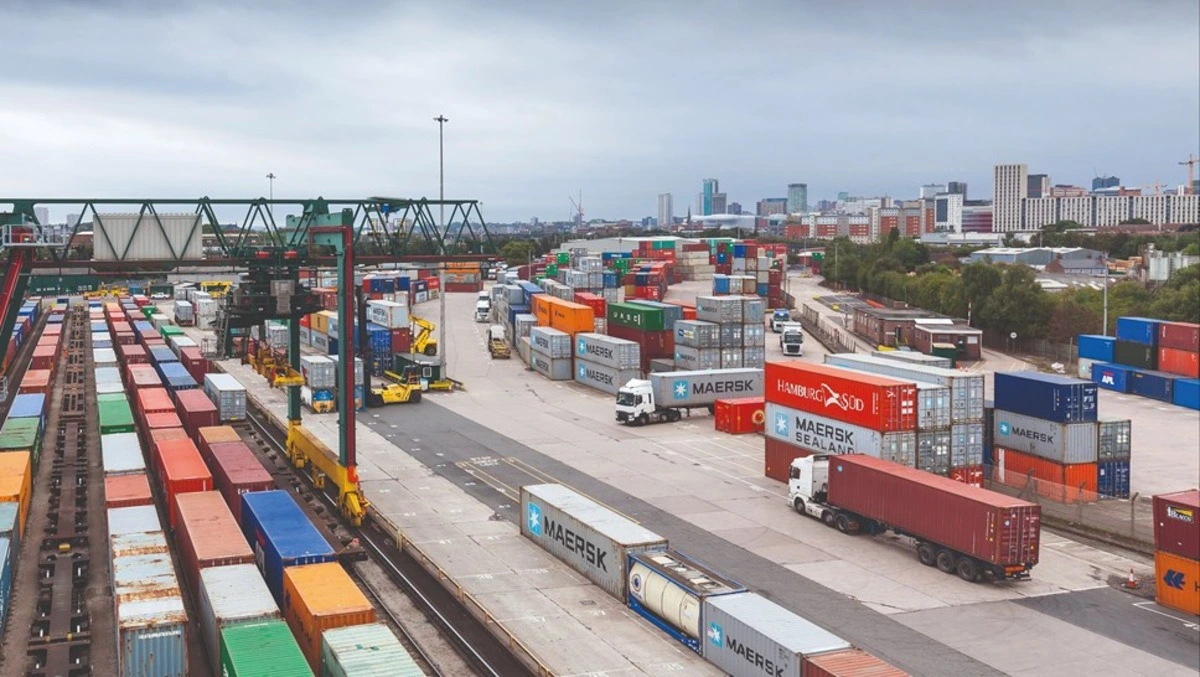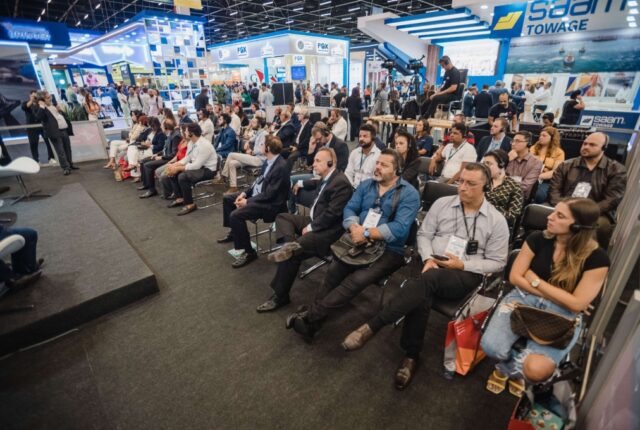
The Evolving Landscape of Road and Rail Freight: Trends and Challenges in 2024
The road and rail freight industry has always been the backbone of global trade, ensuring the movement of goods across vast distances and diverse terrains.
As we enter 2024, this industry stands at a crossroads, driven by a blend of technological innovation, sustainability demands, and geopolitical factors. Understanding the evolving trends and challenges in this sector is crucial for businesses, policymakers, and stakeholders who rely on efficient and reliable freight services.
The State of Road and Rail Freight in 2024
The freight industry in 2024 is marked by significant growth and transformation. Road and rail freight combined account for a substantial portion of global trade, with key players like DHL, UPS, and major railway companies driving innovation and efficiency.
Over the past decade, the market has expanded due to increased global trade and a surge in e-commerce, pushing the demand for more robust and flexible freight solutions.
Technological Advancements in Freight Transportation
One of the most transformative aspects of the freight industry today is the integration of advanced technologies. Automation plays a pivotal role in streamlining operations, from warehouse management to the actual transportation of goods.
AI and machine learning are being used to optimize supply chain processes, reduce costs, and improve delivery times. Meanwhile, the Internet of Things (IoT) enables real-time tracking of shipments, enhancing transparency and allowing for better decision-making.
Sustainability in Road and Rail Freight
Sustainability has moved from being a buzzword to a core priority within the freight industry. Road freight is witnessing a significant shift towards electric and hybrid vehicles, reducing the carbon footprint associated with long-haul trucking.
On the other hand, rail freight continues to be one of the most environmentally friendly modes of transportation, contributing to lower greenhouse gas emissions compared to road transport. The industry’s commitment to sustainability is not only about meeting regulatory requirements but also about addressing the growing consumer demand for greener practices.
Challenges Facing the Freight Industry
Despite the advancements, the freight industry faces a myriad of challenges. Regulatory compliance remains a significant hurdle, with varying standards across regions complicating international logistics.
Infrastructure constraints, such as aging roads and railways, also pose challenges, requiring substantial investment in maintenance and upgrades. Additionally, the industry is grappling with a labor shortage, exacerbated by an aging workforce and a lack of new talent entering the field.
Emergence of Smart Logistics
Smart logistics is reshaping how freight is managed, with technologies like predictive analytics and blockchain leading the way. Predictive analytics helps in optimizing routes and forecasting demand, reducing operational costs and improving delivery times.
Blockchain, on the other hand, enhances transparency and security in the supply chain, providing a tamper-proof record of transactions and movements.
Digitalization of Freight Management
The digitalization of freight management is accelerating, with a growing shift from traditional methods to digital platforms. Digital freight matching systems, which connect shippers with carriers in real-time, are becoming increasingly popular.
These platforms offer numerous benefits, including improved efficiency, reduced empty miles, and lower costs. However, small and medium enterprises (SMEs) often face challenges in adopting these technologies due to limited resources and technical know-how.
The Role of Data Analytics in Freight Optimization
Data analytics is revolutionizing freight optimization by providing insights that were previously unattainable. Big data allows companies to forecast demand more accurately, manage capacity better, and make informed decisions based on real-time information.
Intermodal Transportation and Its Growing Significance
Intermodal transportation, which involves using multiple modes of transport for a single shipment, is gaining traction in the freight industry.
This approach offers several benefits, including cost savings, reduced environmental impact, and greater flexibility. By combining the strengths of road, rail, sea, and air transport, intermodal solutions are helping to overcome the limitations of each mode and provide more efficient freight services.
Resilience in Freight Networks
In an era marked by natural disasters and global pandemics, building resilience in freight networks has become more critical than ever. Companies are adopting risk management strategies to mitigate disruptions, such as diversifying their supplier base and investing in redundant systems.
Flexibility in supply chains, coupled with robust contingency planning, ensures that freight operations can continue even in the face of unforeseen challenges.
Economic and Environmental Impact of Freight Trends
The economic and environmental impacts of freight trends are profound. Modernized freight systems contribute to economic growth by facilitating trade and creating jobs.
At the same time, they play a vital role in environmental sustainability by adopting greener technologies and practices. However, balancing these two aspects remains a challenge, as the industry must continue to innovate while minimizing its environmental footprint.
The road and rail freight industry in 2024 is at a pivotal moment, characterized by rapid technological advancements, a strong push towards sustainability, and significant challenges posed by regulatory, geopolitical, and infrastructure issues.
As the industry continues to evolve, businesses must stay agile, embracing new technologies and strategies to navigate this complex landscape successfully. The future of freight transportation looks promising, with the potential for greater efficiency, resilience, and environmental responsibility.
FAQs
What are the key challenges facing road and rail freight in 2024?
The industry faces regulatory compliance issues, infrastructure constraints, and labor shortages, among other challenges.
How is technology transforming the freight industry?
Technologies like AI, IoT, and blockchain are optimizing supply chain processes, enhancing transparency, and improving efficiency.
What is the significance of sustainability in freight transportation?
Sustainability is crucial for reducing the environmental impact of freight, with a focus on greener vehicles and energy-efficient practices.






